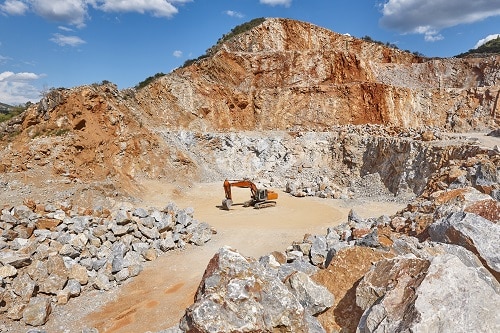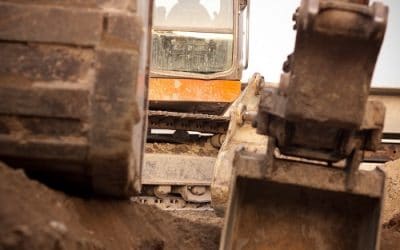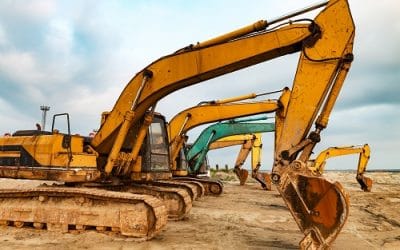Types of Excavation
Excavation is more than just digging a hole in the ground. The possibilities are endless while operating an excavator, and in our line of work, we need to be familiar with the nuance that comes with the job.
Not every project is going to use the same equipment or methods. At Trenchless Pros, our operators are highly trained and experienced, ensuring you can get the job done right.
To better understand the work an excavator can do for you, we decided to list the different types of excavation. As always, if you’re looking for help with your next excavation project, talk to a member of our team today!
Channel
Channel excavation is typically used to dig out ditches or channels to improve the flow of water or other fluids.
Alternatively, it is also used to expand the size of a drainage ditch or channel. Over time, natural elements can build up in these structures, and channel excavation is the best way to get things flowing again.
Bridge
Bridge excavations revolve around freeing built-up materials around bridge supports and foundations or clearing out any impeding materials found within bridge construction sites.
Drainage
Drainage excavation is just it sounds – digging to drain water. When water builds up on land, especially agricultural land, it can be very harmful to the soil and surrounding structures or animals.
Drainage ditches can be created with relative ease using an experienced excavator, allowing the water to drain off and the earth to breathe again.
Borrow
Taking its name from the borrow pit, this type of excavation removes materials from a sandbox or borrow pit, then moves them to another site for fill, grading, or concrete mix.
Earth
Removing earth from the ground, just below topsoil, is what comprises earth excavation. This type of excavation is typically completed in advance of constructing structural foundations or digging drainage.
Dredging
The age-old science of taking a waterway once unusable by watercraft and deepening it by removing sediment, sand, and/or soil from its floor. Dredging deepens a passage so ships can pass through or dock there.
Muck
Muck is a combination of dirty water and soil. The process of muck excavation sees the soil removed from the site or spread around to let it dry out. Leaving it over time can result in contamination and/or mould spores.
Footing
Footing structures support large buildings by spreading their weight evenly on the ground. This prevents things like sinking, cracking, and other outcomes from a shifting building.
Once a construction site is properly graded, footings can be dug out by an excavation team with experience – the work requires high precision.
Roadway
Making way for an incoming road or highway, roadway excavation requires the removal of any elements impeding the path of the road, but also the re-use of these materials to build embankments or incorporate them into the road itself.
Stripping
Commonly found at large construction sites or heavy engineering sites, stripping removes all materials in an area to a depth determined by the client.
This could include topsoil, earth, gravel, rocks, and sand. Trenchless Pros also grades the site after the material is pulled.
Rock
Removing rocks is a difficult process, often involving explosives and heavy excavation equipment.
For example, if there is a large rock or mountain structure in the way of a road or railway project, rock excavation is required.
Topsoil
Removing topsoil is like slicing through butter for an excavator. Arguably one of the easier materials for them to handle, topsoil excavation is a common practice for construction and landscaping projects worldwide.
Underground
This excavation captures the notion that excavators work underground for some jobs. When building tunnels, subways, canals, sewage systems, or in mines, that’s underground excavation! The operator and his equipment are literally underground.
This is a simple look at some of the different types of excavation, and if you’re looking for help with your next project, talk to the team at Trenchless Pros! We can help assess your needs and put together a plan that suits your budget.




0 Comments